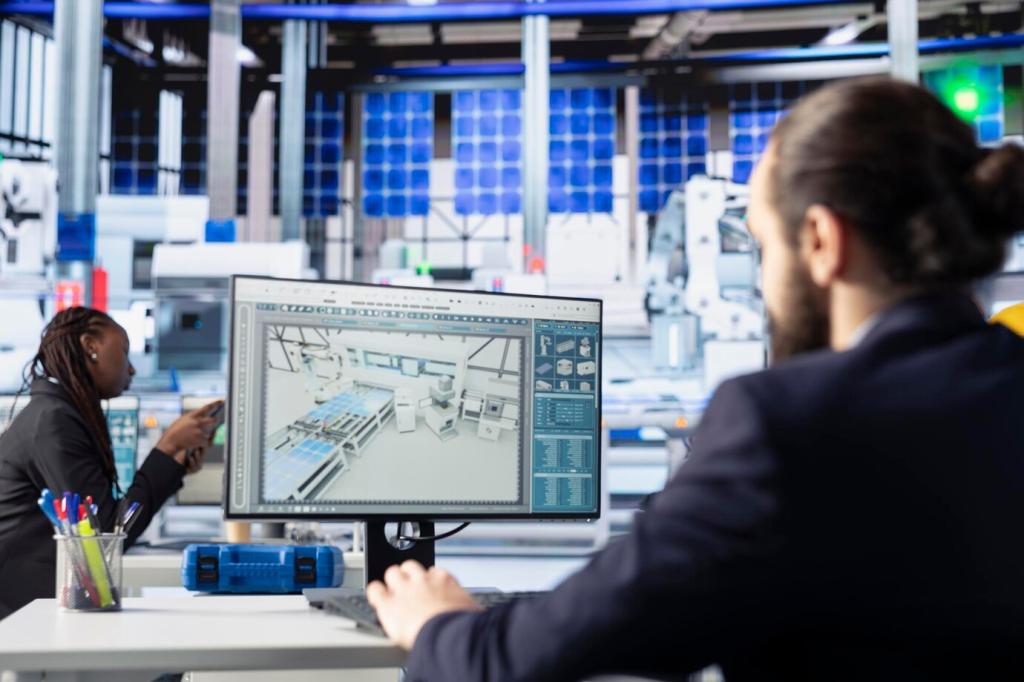Looking Ahead: Renewables and Resilience
Grinding and machining often peak mid-day, when solar production is strong. Even modest arrays can offset base loads and hedge against rate hikes. If you evaluated your roof, what structural or permitting surprises did you face before panels finally went up?
Looking Ahead: Renewables and Resilience
Batteries shine when paired with thoughtful schedules. Charge during off-peak, support ramp-ups, and protect against micro-outages that ruin parts. Share whether you simulate production with storage in mind, or if you rely on rules of thumb during crunch weeks.






